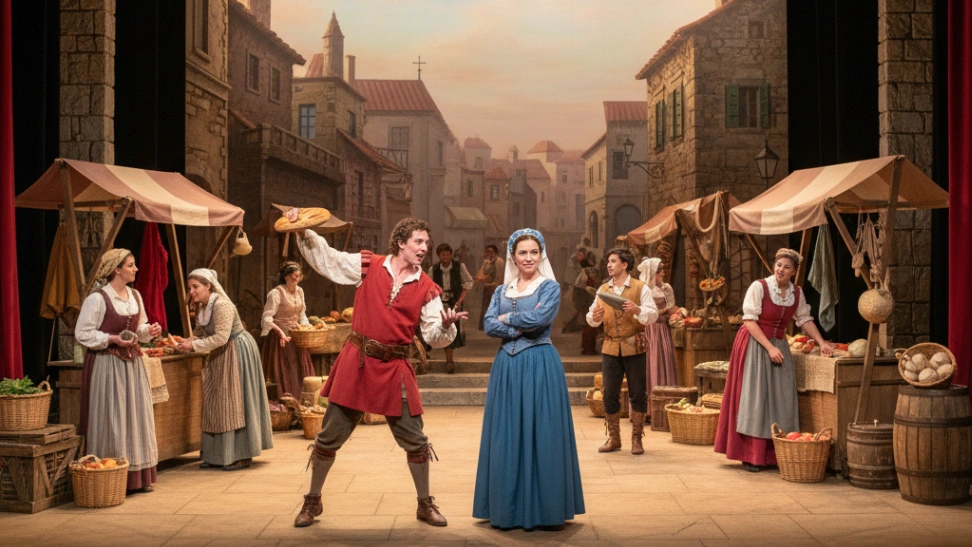The origins of acting can be traced back to ancient Greece, where theatrical performances were integral to religious festivals, notably those dedicated to Dionysus. Thespis, a figure often credited as the first actor, stepped out of the chorus to engage in dialogue, giving rise to the very concept of individual character portrayal. From these sacred rituals, acting evolved through various forms, influencing Roman mimes, medieval mystery plays, and the Commedia dell'arte of the Renaissance, each adding layers of complexity and convention. Shakespearean theatre in England solidified the actor's role, demanding mastery of verse, physicality, and emotional depth. As societies progressed, so did theatrical forms, leading to the dramatic realism of the 19th century and the emergence of film and television in the 20th century, which revolutionized the medium, bringing acting into homes worldwide and creating new demands for nuanced, naturalistic performances. Today, acting continues to adapt and thrive across countless platforms, from grand Broadway stages to intimate indie films and digital streaming content, reflecting contemporary culture and human experience.
At its core, acting involves a deep dive into character study. This isn't merely memorizing lines; it's about understanding a character's motivations, background, relationships, and inner world. Actors often employ techniques like method acting, Stanislavsky's system, or Meisner technique to fully embody a role, exploring emotional recall, sense memory, and improvisation to achieve authenticity. Vocal training is crucial for projection, articulation, and mastering accents or dialects, allowing the actor to communicate effectively and convey subtle emotional shifts. Physicality is equally vital; body language, posture, and movement can speak volumes, defining a character as much as their words. This demands a keen awareness of one's own body and the ability to transform it to suit the role, whether it's adopting a regal bearing, a comedic slouch, or the specific gait of an elderly person.
Engaging in acting offers numerous personal benefits. It fosters immense empathy, as actors must step into the shoes of diverse individuals, understanding their perspectives and struggles. It hones public speaking skills, boosts confidence, and improves memory through line memorization and scene work. Creative problem-solving is paramount, especially during improvisation or when interpreting complex scripts. However, acting also presents significant challenges. The industry can be highly competitive, demanding resilience and persistence in the face of frequent rejection. It often requires long and irregular hours, especially during rehearsals and productions. Emotionally, it can be draining to repeatedly access and portray intense feelings. Financially, it can be unstable, particularly for those just starting out. Maintaining physical and vocal health is also a continuous effort. Despite these hurdles, the profound satisfaction of bringing a story to life and connecting with an audience often outweighs the difficulties, making it a passion for many.
The acting community is incredibly diverse and supportive. From local community theatre groups to university drama programs, professional acting conservatories, and online workshops, there are countless avenues for aspiring actors to learn, grow, and connect. Networking is a vital aspect of the profession, as opportunities often arise through relationships with directors, producers, fellow actors, and agents. Participating in scene study classes, improvisation groups, and acting workshops provides continuous training and a safe space for experimentation. Many actors also engage in self-taping for auditions, which requires a new set of technical skills related to lighting, sound, and framing. The journey of an actor is one of continuous learning, adaptation, and self-discovery, fueled by a passion for storytelling and the desire to truthfully reflect the human condition. The collaborative nature of theatre and film also means building strong bonds with cast and crew, working together towards a shared artistic vision, fostering a sense of belonging and collective achievement.



